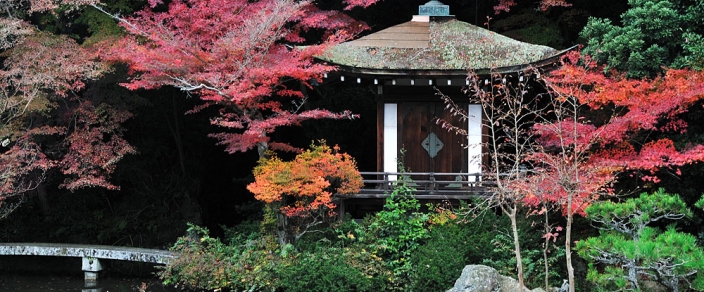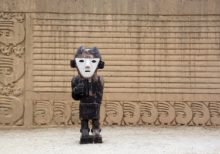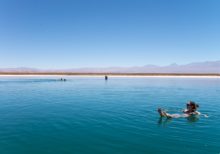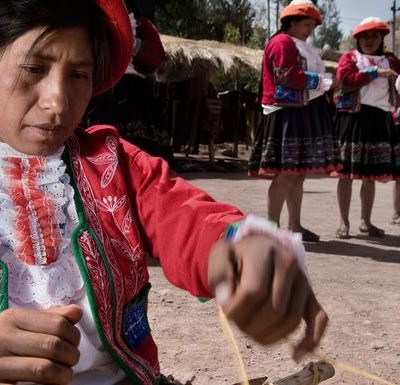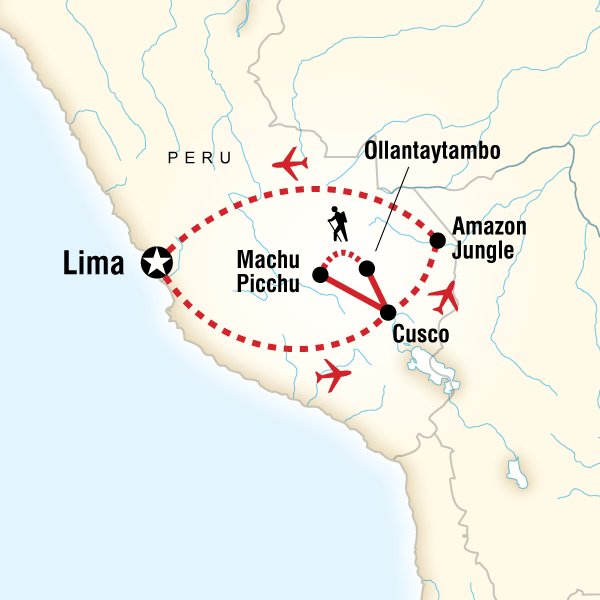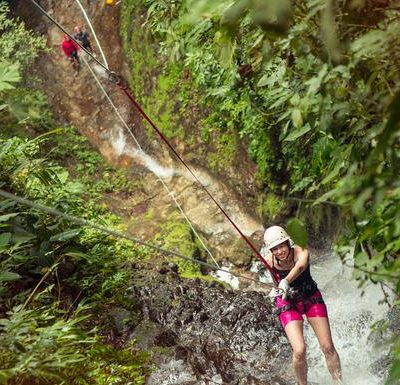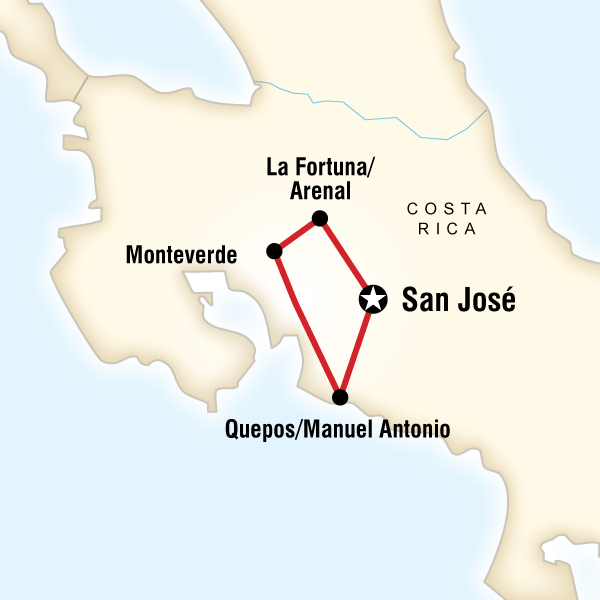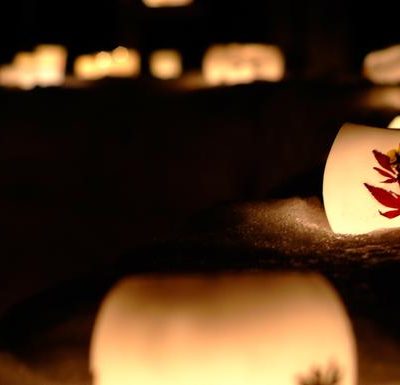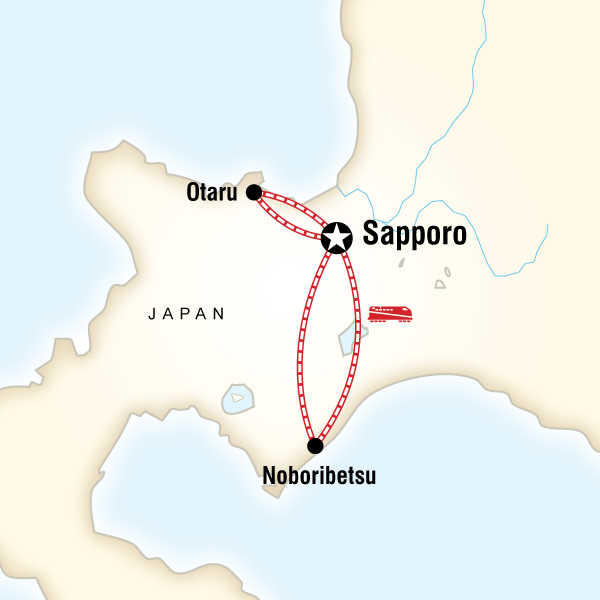| Starts | Kyoto, Japan |
|---|---|
| Ends | Tokyo, Japan |
| Region | North & Central Asia |
| Duration | 12 days |
| Tour Operator | Peregrine |
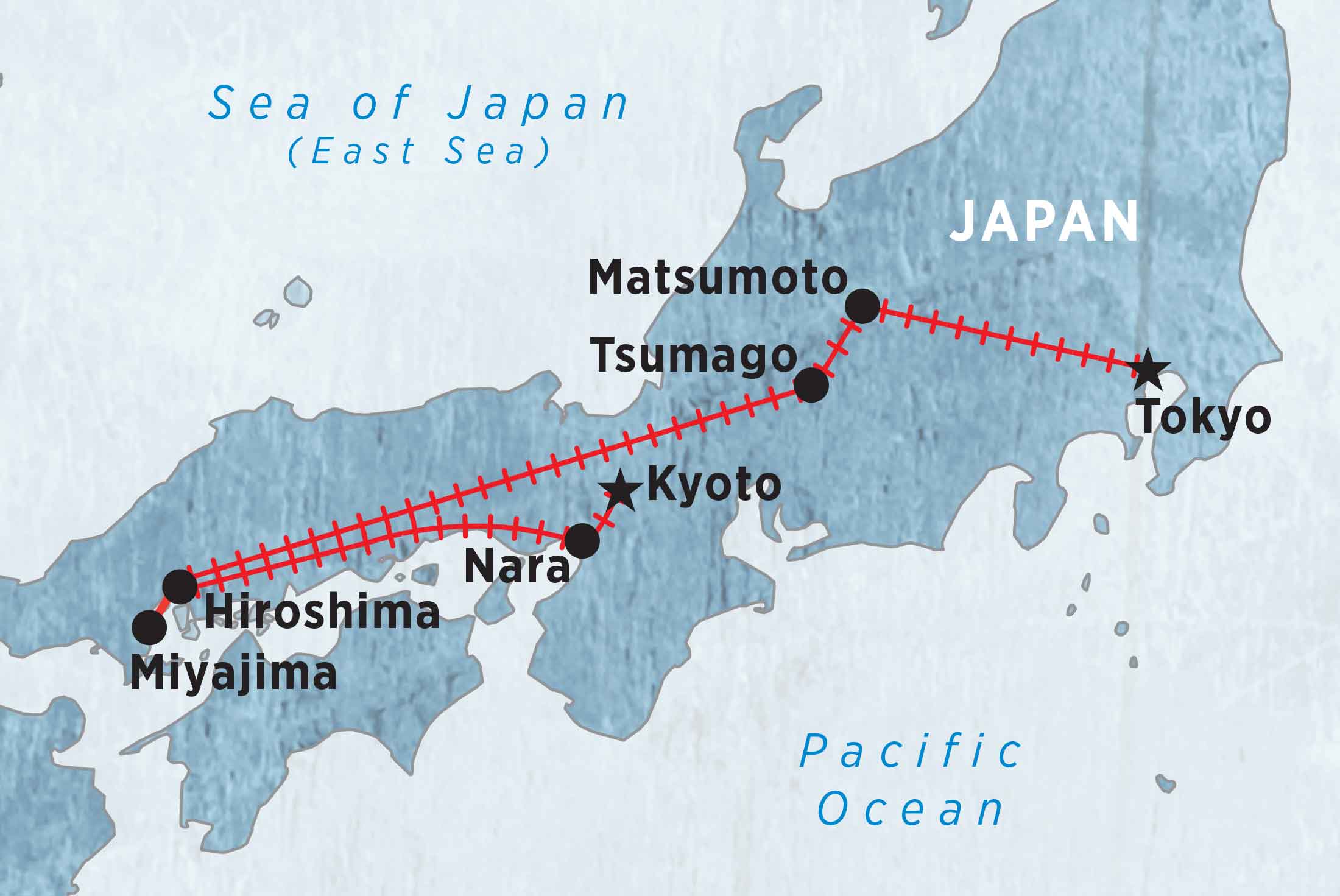
Itinerary
Day 1 - Starting: Kyoto & Finishing: Kyoto
Konnichiwa! Welcome to Japan. Your adventure begins with a welcome meeting tonight at 6pm. Your group leader will leave a notice for you at the hotel detailing the exact time and place. We'll be collecting your insurance details and next of kin information during this meeting, so please bring these with you. As travellers are arriving from all over the world, there are no activities planned for today. If you have some time, step out onto the streets for your first taste of this beautiful city. Originally founded as Heian-kyo (literally “tranquillity and peace capital”) by Emperor Kammu in 794, it has its golden age during the imperial court's heyday from 794 to 1185. Kyoto was the capital of Japan for over 1,000 years (the name means “Capital City”) but the emperor and government are now located in Tokyo. Tonight’s meeting will be followed by an optional first night dinner. As the millennium-long home of the imperial kitchen, Kyoto is known as the centre of Japanese culinary tradition, so you’re sure to begin this trip with a delicious meal.
Day 2 - Starting: Kyoto & Finishing: Kyoto
You’ll begin the day with an orientation walk around some of Kyoto’s more important sights. This includes Gion – an entertainment district that’s the centre of geisha culture (and the only geisha district left in Japan) – full of old wooden teahouses and exclusive restaurants. You’ll also visit the imposing and opulent Nijo Castle, home to the Tokugawa Shoguns who had power over the country during the Edo period. Check out the ‘nightingale floors’ of Ninomaru Palace, which squeak to warn of intruders (like otherwise silent ninjas). From the Castle it’s a short bus ride to Ryoan-ji, perhaps Japan’s most famous Zen garden, where carefully placed rocks sit in an immaculately raked sea of gravel. Finish off with a browse of Kyoto’s handicraft centre, a perfect place to pick up some souvenirs with a fine selection of woodblock prints, yukata (light cotton robes), jewellery and pottery. This evening you’ll return to Gion, as the district really comes alive by night. If you’re lucky you might spot geikos (geishas) or maikos (apprentice geishas) with their elaborate dress and make up.
Day 3 - Starting: Kyoto & Finishing: Kyoto
Today is a full free day and there’s so much for you to explore. With its many cultural landmarks and historical sites, and the abundance of traditional arts and literature, Kyoto is regarded as the cultural heart of Japan. Kyoto is a city that lends itself to walking, and there are a number of walks available. Recommended is a gentle stroll through the nearby eastern hills along the ‘Path of Philosophy’ that links Ginkaku-ji, the Temple of the Silver Pavilion, with Nanzen-ji Temple. This walk can be extended south through well-preserved ‘old town’ areas to Kiyamizu-dera (Temple of Clear Water) from where there is a justifiably famous view across a wooded gorge toward Kyoto. Also recommended, for those visiting in spring, is a visit to the theatre for a presentation of Miyako Odori (the Cherry Blossom Dance) performed by elaborately dressed maiko (apprentice geisha), or a visit to the extravagantly decorated Kinkakuji temple, immortalised in Yukio Mishima’s novel “The Golden Pavilion”. Close to your hotel the architecturally impressive Higashi Honganji temple and the almost surreal Sanjusangendo, home to 1,001 statues of Kannon, (the bodhisattva of compassion whose name, incidentally, was later taken up by the camera company Canon). Another recommendation is to take a walk in the wooded hills of Inari Mountain, famous for its Shinto ‘fox temple’ and atmospheric tunnels of red torii gates. Perhaps take a cooking class that introduces you to Japanese cooking methods, from the aristocratic kaiseki ryori (Japan's haute cuisine), to the simple yet refined dishes of obanzai ryori (home-cooked cuisine).
Day 4 - Starting: Kyoto/Nara & Finishing: Kyoto/Nara
Today you will take a day trip to the city of Nara (approximately 1 hour from Kyoto). Pack an overnight bag as the rest of your luggage is forwarded to Hiroshima. With eight World Heritage sites, Nara is second only to Kyoto as a fountain of Japan's cultural legacy. While here you’ll visit Todaiji Temple, with friendly wild deer roaming freely in the park around it. You’ll also visit the Kasuga Taisha (Kasuga Grand Shrine), Nara's most celebrated shrine. Kasuga Taisha is famous for its lanterns, which have been donated by worshipers. They symbolise a guiding light and the 3,000 Kasuga shrines throughout the country. Hundreds of bronze lanterns can be found hanging from the buildings, while as many stone lanterns line its approaches. The lanterns are only lit twice a year during two Lantern Festivals, one in early February and one in mid August. Later, visit the centrepiece of Nara, the Daibutsu (the Great Buddha of Kamakura). Sitting at a height of 13.35 meters, it is the second tallest bronze Buddha statue in Japan and has been meditating there since the 13th century. Return to Kyoto for the evening, which is free for your own rest or exploration. Perhaps find a theatre putting on shows of Noh – music, traditional dancing, kabuki and banraku puppetry.
Day 5 - Starting: Himeji/Hiroshima & Finishing: Himeji/Hiroshima
Today you’ll wave bye to Kyoto at super speed as you ride the rails on a bullet train to Hiroshima. Travelling by Shinkansen is an absolute buzz, as you’ll reach speeds of up to 270 kmh. As you speed south you’ll stop en route (after approximately 45 minutes) and pay a visit to Japan’s most impressive samurai Castle at Himeji. The building, which has survived earthquakes and war since the mid-16th century, was restored to its full glory in 2015. The moats, baileys, towers and walled alleyways were ingeniously designed to trick attackers – perhaps so intimidatingly that they were never in fact tested. Explore the castle that was once home to over 10,000 samurai families and look out over the castle grounds and the city below from the seventh floor. Continue on to Hiroshima (approximately 1 hour), the city indelibly connected with World War II and the atomic bomb. You’ll stay in a local hotel attached to the train station, just 20 minutes by tram from the Hiroshima Peace Memorial (commonly referred to as the A-Bomb dome).
Day 6 - Starting: Miyajima/Hiroshima & Finishing: Miyajima/Hiroshima
This morning you’ll visit the Genbaku (A-Bomb) Dome and the Peace Memorial Park and Museum, both of which emotionally stand testament to the fateful day in August 1945 when Hiroshima was chosen as target for the first ever wartime use of the atomic bomb. The dome was just metres from where the bomb detonated so it was able to retain its shape; the fact that it looks almost exactly as it did after the bombing means it serves as a reminder and symbol of peace. The memorial park serves the same purpose, and has museums, memorials and monuments dedicated to the memory of victims, education on what lead to the bomb’s use, as well as advocating world peace. In the afternoon you will head for the serene, enchanting island of Miyajima, reached after a short ferry ride (30 kilometres) across the Inland Sea. The island is home to the venerable Shinto shrine of Itsukushima, famous for its huge bright orange gate (tori) that rises majestically out of the sea. At high tide it is considered to be one of the most beautiful sights in Japan. The size and physical landscape of Miyajima makes it an ideal place for walking. There is the lovely Momaji Park (known as Maple Valley), from where it is possible to walk or take a cable car up to the top of Mt. Misen. Return to Hiroshima for the night. Maybe try one of the city’s signature dishes for dinner – okonomiyaki, a kind savoury pancake of egg, cabbage, soba noodles, and meat or seafood.
Day 7 - Starting: Tsumago & Finishing: Tsumago
Pack a bag for two nights as you’ll forward your larger bags on to Tokyo, making travelling to Tsumago & Matsumoto easier. Board a bullet train to Nagoya (approximately 3 hours) where you will then change to an express train and continue north to the mountainous centre of Japan (approximately 75 minutes). You’ll spend a memorable night in a ryokan (a traditional Japanese Inn) near the medieval village of Tsumago. Once a post town (where travellers could rest on their journey around the country) during the days of the Shogun, Tsumago is the best preserved of the many staging posts along the Edo period Nakasendo Highway. The highway once connected Tokyo with Kyoto and was immortalised in the famous woodblock prints of Hiroshige. Cars are prohibited in the main street and cables run underground in order to maintain the medieval atmosphere of the town. After settling in at the Ryokan we will take a transfer to a small village to start the Nakasendo Walk (Old Samurai highway). The walk is approximately 7km long and in parts is up hill and then down-hill. The walk can be challenging in parts, but the rewards are immeasurable. In tonight’s ryokan, rooms are equipped with thin futon mattresses that are spread on tatami mats for a comfortable night's sleep. Tonight you’ll enjoy a traditional dinner cooked in the ryokan. Notes: Please note that in busy times passengers of the same sex may be required to share triple and quad rooms in the ryokan.
Day 8 - Starting: Matsumoto & Finishing: Matsumoto
This morning you’ll have time to go back in time as you explore Tsumago, where you can wander the ruins of the castle and browse the local shops. You’ll also have the opportunity to walk along a short section of the old Nakasendo Highway towards the next village of Magome, which has great views of the surrounding hillsides. You’ll then board a train and continue north to the picturesque castle town of Matsumoto (approximately 2 hours). Matsumoto’s atmosphere is surprisingly cosmopolitan, while maintaining its historic charm and tradition. It has pretty streets and friendly people. This afternoon you will stroll through the former merchant district of Nakamachi, lined with well preserved old buildings, where you can find lovely local crafts, treasures and great restaurants. You’ll also have the option of visiting the city’s most famous site, the Matsumoto Castle, formerly known as Fukashi Castle. The regal-looking building has an elegant black roof and walls, and is sometimes nicknamed Crow Castle due to its resemblance to the bird spreading its wings. As the oldest original castle in the country (begun in 1592), it’s also one of Japan’s four castles listed as national treasures. You’ll spend the evening here in Matsumoto. Perhaps try the local soba noodles (some of the best in the country) and be sure to get some wasabi-based treats – the pristine waters from the alps make it grow particularly well here.
Day 9 - Starting: Tokyo & Finishing: Tokyo
In the morning you will make your way by express train (approximately 3 hours) to Japan’s amazing capital, Tokyo, and your centrally-located hotel where you’ll be based for the next three nights. Bursting with contemporary urban culture, there are many sides of Tokyo to explore: fascinating museums, world-class shopping, bustling energy and futuristic architecture, as well as a gentler side of neighbourhood backstreets where citizens often reveal themselves – particularly outside of working hours – to be some of the friendliest of any capital city in the world. There are many vestiges of the past, with historic temples and shrines still to be found in some of the most unexpected places, as well as an abundance of parks and gardens – particularly exquisite in spring when the cherry trees and azaleas are in bloom. After you arrive, you have free time to explore – perhaps walk the short distance to see the Imperial Palace and its gardens, then enjoy the myriad food options for dinner. Notes: In some cases, due to bad weather, the group may not be able to experience all the included activities in Matsumoto. When this occurs, we may use the morning of Day 9 to stay in Matsumoto and complete our included activities before moving onto Tokyo. While technically it is possible to take a bullet train from Matsumoto direct to Tokyo, we use the express train as it ironically shortens our journey to Tokyo by 1 hour.
Day 10 - Starting: Tokyo & Finishing: Tokyo
Today you’ll undertake a varied, full-day tour of the city, beginning in the historic Asakusa area. This is one of the older and more traditional parts of Tokyo, and is often called the temple district. Here you’ll stop by Senso-ji, the city’s oldest temple – founded almost 1,400 years ago when Tokyo was nothing more than a fishing village. Browse the many interesting stalls – filled with tasty treats, crafts and souvenirs – that line the shopping street of Nakamise dori. After lunch you’ll enjoy an alternative view of Tokyo as you relax on a short cruise down the Sumida River. You’ll pass significant buildings like the Sky Tree Tower and Tsukiji Fish Market, under the bridges that bisect the river, and then alight at the delightful urban oasis of Hama Rikyu gardens. Here you’ll have time to stroll along paths that were once the sole preserve of the shogun, who would hunt ducks here in the feudal era. Later you’ll make your way to the luxurious shopping district of Ginza where, depending on the theatre schedule, you’ll have the chance to see a short performance of Kabuki, one of Japan’s more spectacular performing arts.
Day 11 - Starting: Tokyo & Finishing: Tokyo
Today’s a free day to explore this pulsating city, where there’s almost an endless amount of things to see and do. In Shinjuku the city’s highest skyscrapers offer panoramic views, and on clear days you can see Mount Fuji. Districts in the east are magnets for the city’s breathtakingly trendy youth – see the crowds at Shibuya Crossing, the costumes in Harajuku, as well as the important Meiji Jingu Shrine, dedicated to the 19th-century Emperor. Take in history at the Imperial Palace in Chiyoda, or see ancient treasures at the National Museum in Ueno. Another great museum, which gives insight into old time Tokyo, is the Edo-Tokyo Museum in Ryogoku. Spend some time in the city’s green spaces like Yoyogu and Shinjuku Gyoen National Garden, browse high-end shops in Ginza, experience the theatre of a sumo bout, or create your own entertainment with some karaoke. This evening, you’ll join your group for a farewell dinner as you say sayonara to Japan.
Day 12 - Starting: Tokyo & Finishing: Tokyo
The trip ends in Tokyo this morning after breakfast and you are free to depart at any time.
View Dates

